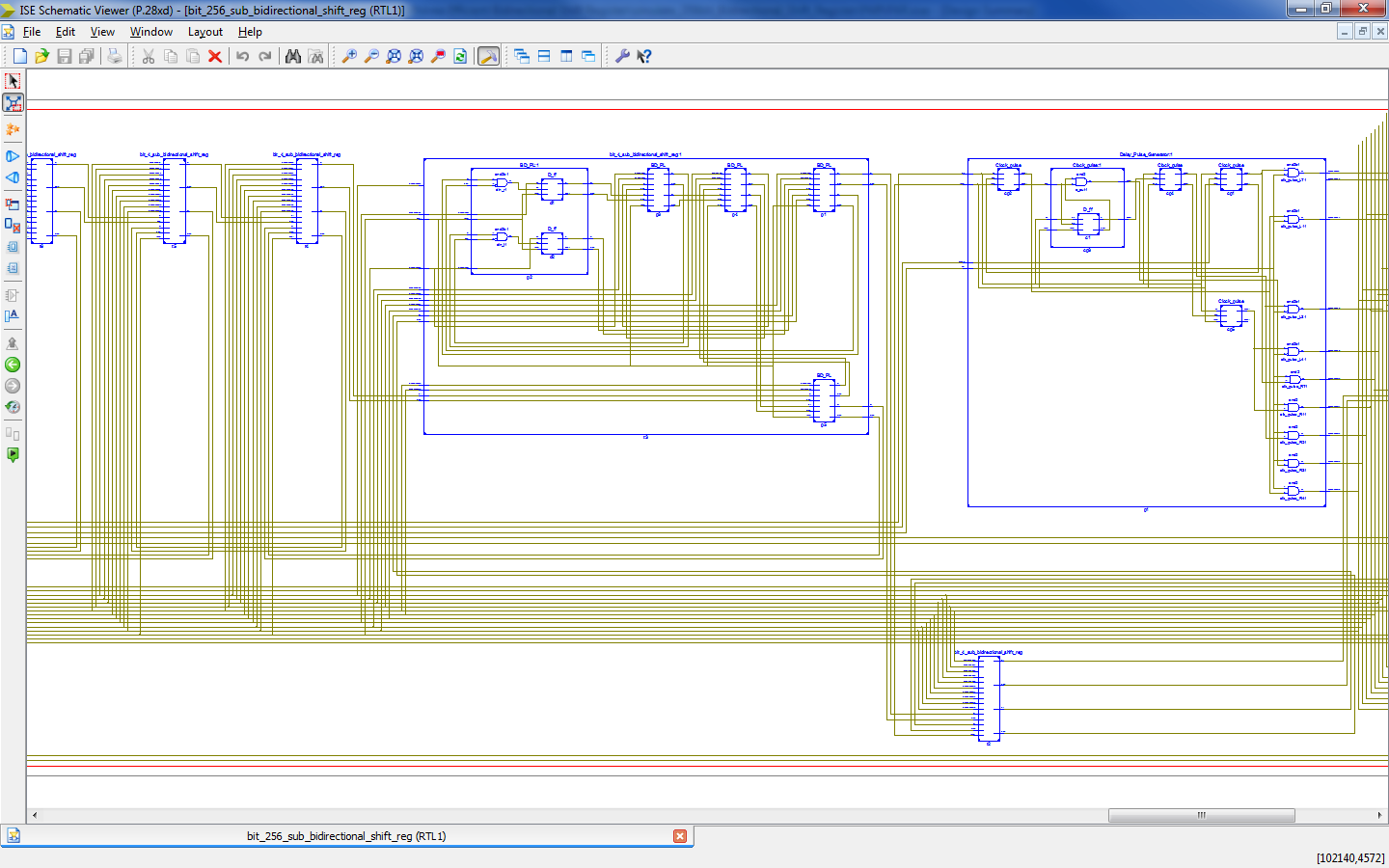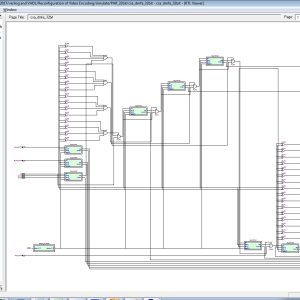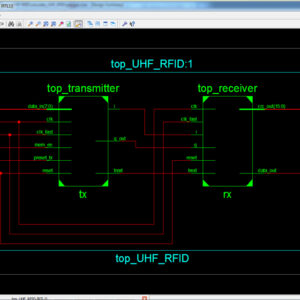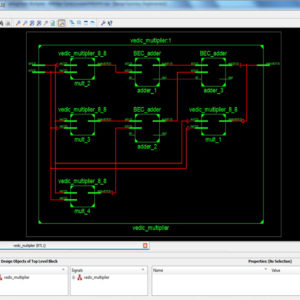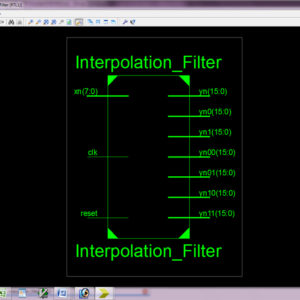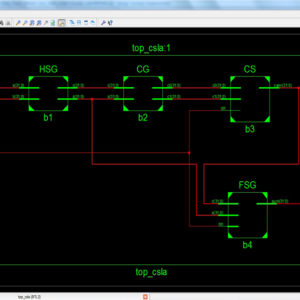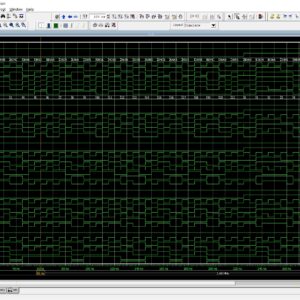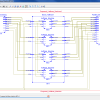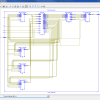Proposed Title :
FPGA Implementation of High Speed and Area Efficient Bidirectional Shift Register using Bidirectional Pulsed Latches
Improvement of this Project:
To Design this Bidirectional Shift Register using Bidirectional Pulsed Latches at 256-Bit size, with compared existing of 4-shift register in terms of area, delay and power.
Software implementation:
- Modelsim
- Xilinx 14.2
Proposed System:
In a recent technology of digital application will required bidirectional shift operations to increase speed and area efficiency in all digital gadgets, therefore it will implemented many applications such as DC-DC buck converters, LDO regulators, decompresses and digital delay locked loops. Here, in the existing concurrent method of 256-Bit Area efficient bidirectional shift register will implemented in Back-End method of CMOS process at 65nm technology but in this case it’s not implemented these sequential bidirectional shift operations in Front-End design of FPGA Implementations, therefore this proposed work will take more area efficient and low power consumption in all FPGA applications such as Modulation and demodulation technique, Image processing, Signal processing and arithmetic applications. Finally this work present in Verilog HDL and simulated in Modelsim, synthesized in Xilinx FPGA and compared all the parameters in terms of area, delay and power.
” Thanks for Visit this project Pages – Buy It Soon “
Area-Efficient Bidirectional Shift-Register Using Bidirectional Pulsed-Latches
“Buy VLSI Projects On On-Line”
Terms & Conditions:
- Customer are advice to watch the project video file output, before the payment to test the requirement, correction will be applicable.
- After payment, if any correction in the Project is accepted, but requirement changes is applicable with updated charges based upon the requirement.
- After payment the student having doubts, correction, software error, hardware errors, coding doubts are accepted.
- Online support will not be given more than 3 times.
- On first time explanations we can provide completely with video file support, other 2 we can provide doubt clarifications only.
- If any Issue on Software license / System Error we can support and rectify that within end of the day.
- Extra Charges For duplicate bill copy. Bill must be paid in full, No part payment will be accepted.
- After payment, to must send the payment receipt to our email id.
- Powered by NXFEE INNOVATION, Pondicherry.
Payment Method :
- Pay Add to Cart Method on this Page
- Deposit Cash/Cheque on our a/c.
- Pay Google Pay/Phone Pay : +91 9789443203
- Send Cheque through courier
- Visit our office directly
- Pay using Paypal : Click here to get NXFEE-PayPal link

